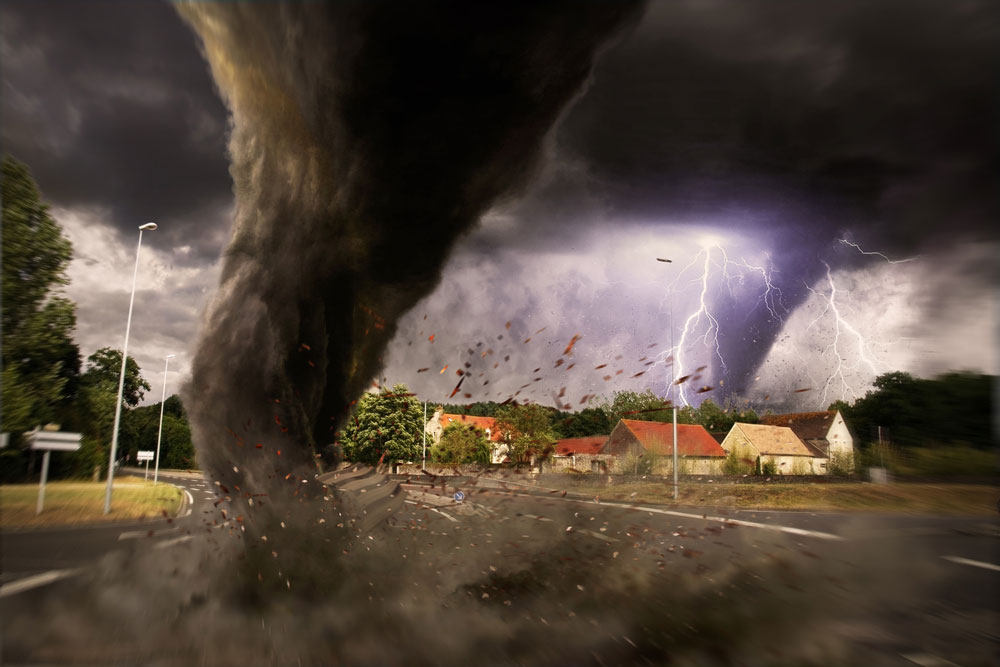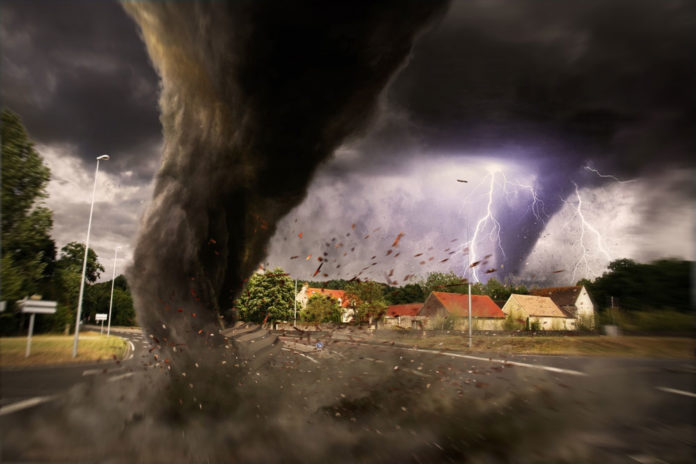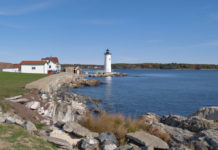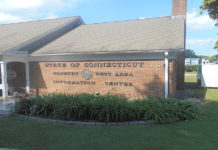A new study published in the journal Sociology and Criminology analyzed the impact of natural disasters on the illegal drug trade, and found increased incidents of violence and frenzy to buy drugs during tumultuous times surrounding natural disasters.
The study of drug markets around Hurricane Ike in New Orleans concluded that even when people were fleeing the region before the storm, they were buying drugs and dealers were selling as much as they could. The study also stated that the majority of violence committed around the storm occurred during frenetic drug deals in which quick decisions were being made to leave the area. It appears as though the violence was a result of the drug sales, but not exclusively. However, there was a tendency for crack-cocaine users to engage in violence more frequently than other drug users.
Once the storm had subsided and the location of certain housing complexes changed, so did the location of the illegal trade. The communities that were “projects” before Hurricane Ike were replaced by townhouses, cottages, and single family homes. Researchers stated that these new neighborhoods saw a decrease in violence and the bolstering of drug markets because it is more difficult for drug trade to flourish in communities that are more carefully planned and community oriented. Still, the illicit drug markets shifted to change with the evolving housing and violence remained closely related to drug sales in the new housing options.
Another study in the US National Library of Medicine determined that illicit drug markets in New Orleans were stable before, during, and after Hurricane Katrina. It also added that drug dealers, looters and others involved in the drug trade took refuge both physically and figuratively during the storm.
Researchers found that drug dealers attempted to ignore the unfolding events of the storm as long as possible while drug users created additional… (continue reading)
















